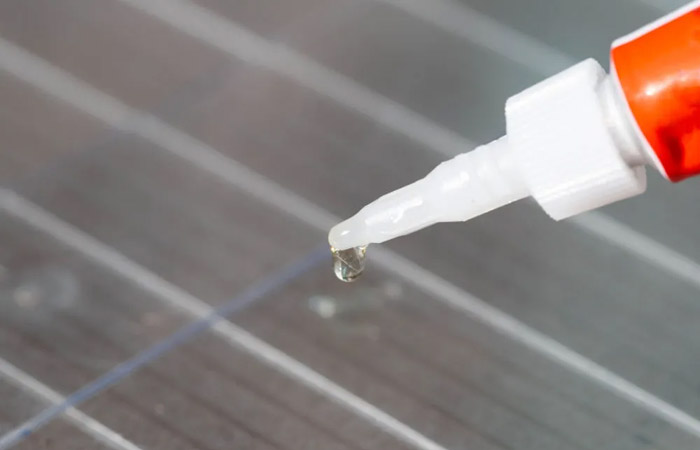Rethinking Lifestyle
Option Four

You’re sitting in front of a not-new, but not-old appliance, with a piece of it in your hand. Maybe you dropped it, or maybe you’re holding the frail remains of a made-to-break part that has “unexpectedly” failed. You’ve already spent an hour online to discover that the part costs more than the appliance did… except at one online store which offers exactly what you need for a surprisingly reasonable price! Just input your address to calculate the shipping and… oh, I see: $7 part, $125 shipping. Funny, right?
OK, so let’s consider the options: 1. You can turf the appliance and learn to live without it because – let’s face it – it didn’t really make you any happier than you were before you got it, did it? [uncomfortable silence]… alright, moving on… 2. You can shell out the money, wait for the part to arrive, blah blah, not gonna happen. Next. 3. You can buy a NEW appliance with the absolute certainty that this or something like it will happen again. Actually, this option is the most appealing. Now that you look at it, your appliance’s plastic, once so fashionably and gratifyingly white, has yellowed in the sunlight. You can already imagine the heady “just-arrived-from-the-factory” fumes wafting out of the peanut-packaged box. Maybe it will come by mail! Like a mid-year Christmas gift, wrapped in shopping dopamine and waiting on your porch when you come home! Mmm. Yeah, I want option 3 too. Let’s go with that.
OK… but there’s one more option: option 4. Buy some epoxy adhesive, and use it. Option 4 has probably saved me over $1000 in the last few years, allowing me to fix what I would otherwise have had to throw out and replace, or pay someone to fix. This isn’t a financial column, but saving money can be a good sign that you’re doing something right when it comes to living a simpler, more connected life. Epoxy adhesive can save resources by interfering with the “buy-break-buy” cycle we’ve become accustomed to. Even though fixing things has always made sense, that “sensibleness” is obscured today. But we don’t have to accept the irrational “logic” of a market that’s unconscious of its exploitation of people and the environment. Reacquainting ourselves with basic skills like gluing, cleaning, and making minor repairs is one big step towards re-connecting with the things we use. Taking just a little bit of care can lead to bigger, even more rewarding feats like making, rebuilding, and adapting. It could even lead to self-reliance and satisfaction!
Start out small, though: buy some epoxy, learn how to use it, and fix something.




